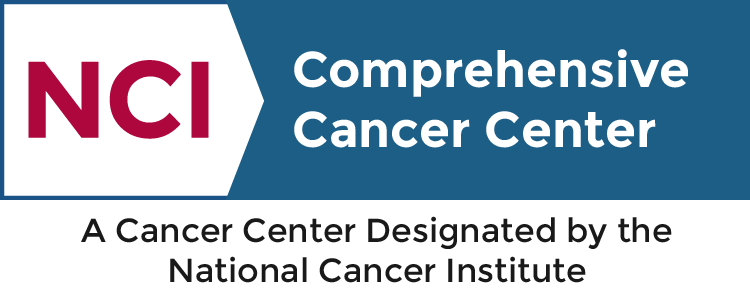An exciting recent innovation in cancer therapy has been the development of methods to harness the body’s own immune system to attack tumor cells. However, current immunotherapy approaches are only effective against certain types of cancers, and many patients cannot yet benefit from these therapies. Indeed, cancer cells employ a variety of tricks to evade the immune system. One example is a high expression of sugar molecules on the surface of tumor cells. These sugars are recognized by proteins known as Siglecs, which are, in turn, expressed on the surface of immune cells and generally act to reduce immune activity. With the support of the Shmunis Family Innovation Award in Cancer Therapeutics, Bertozzi plans to manipulate the activity of Siglecs to both prevent recognition of tumor-associated sugars and promote immune activity against the tumors. The idea is to synthesize molecules – called SigAbs – that will bind Siglecs with high affinity, thus preventing Siglecs from binding sugars, and, in addition, to fuse SigAbs with molecules that will stimulate immune function. The ability of these molecules to enhance tumor-cell killing will then be tested in mouse models of cancer. The proposal will both increase our understanding of Siglec biology and facilitate the development of new cancer immunotherapies.
Research
Funding Opportunities
Shmunis Family Innovation Awards in Cancer Therapeutics Awardee
October 2023


